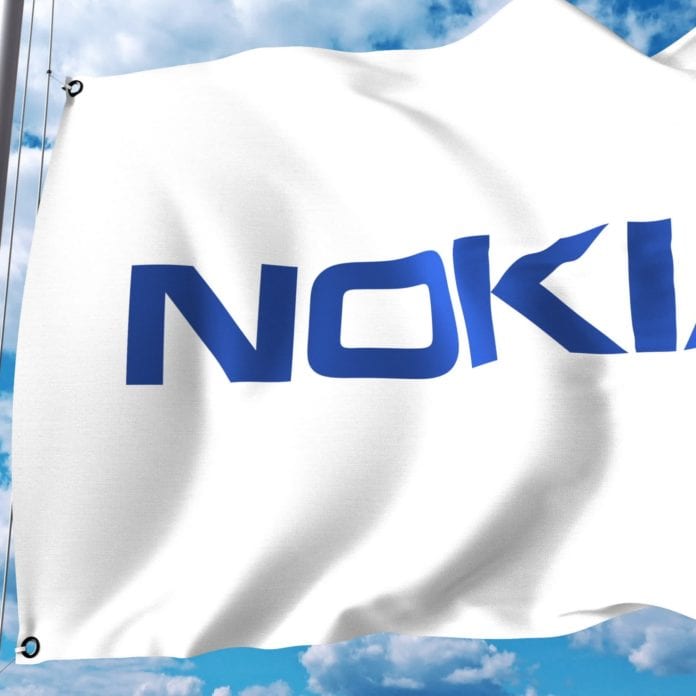Telefonica Germany said it has been testing Nokia’s cloud RAN tech in Potsdam
German carrier O2 Telefónica, which is controlled by Spanish telco Telefónica, said it is currently using cloud RAN technology from Nokia in its 5G network.
The telco noted that cloud RAN allows parts of the radio access network to be virtualized, which makes it possible to separate hardware and software.
“We are proud to be the first network operator in Europe to use Nokia’s innovative Cloud RAN technology in our O2 5G Live network,” said Mallik Rao, CTO at O2 Telefónica. “We are already deploying it in the 5G core network. Virtualizing the RAN is the next logical step in our journey to increasingly move network functions to the cloud. Cloud RAN offers us additional opportunities in terms of automation and flexibility as well as accelerated roll-out of innovations.”
Tommi Uitto, president of mobile networks at Nokia, said: “We believe that the mobile access network will become a hybrid network in the future, where the classic network architecture will increasingly be complemented by cloud RAN in densely populated areas or campus networks, for example.”
By separating hardware and software, telecommunications providers can increasingly use standardized hardware in the future, the operator said, adding that this approach is similar to the Open RAN concept, where network operators no longer have to rely solely on systems from network equipment suppliers, but can choose between different cloud hardware providers.
O2 Telefónica also said it has already been using O-RAN sites since 2020. With Nokia, O2 Telefónica is now also using Cloud RAN technology with an established network equipment provider.
The companies have implemented and tested the technology on the telco’s live network as part of their “Innovation Cluster” in Potsdam.
Following the initial test, O2 Telefónica and Nokia will evaluate the next steps for the introduction of the cloud RAN technology.
Telefónica Deutschland/O2 recently said its 5G network is operating over 18,000 antennas in the country.
The telco said that this network infrastructure is enabling the provision of 5G services to 75% of the German population. With this expansion progress, the telecommunications provider has exceeded its original target of covering half of the population with 5G technology by the end of this year.
By the end of July, Telefónica Deutschland/O2 had already deployed nearly 6,000 5G antennas in the 3.6 GHz frequency. The telco said that the 3.6 GHz frequencies are used primarily in densely populated regions. Cities with the higher number of 3.6 GHz stations include Berlin, Munich, Hamburg and Cologne.
The telco also said it is currently focusing on the provision of 5G in rural areas across Germany via spectrum in the 700 MHz band.

